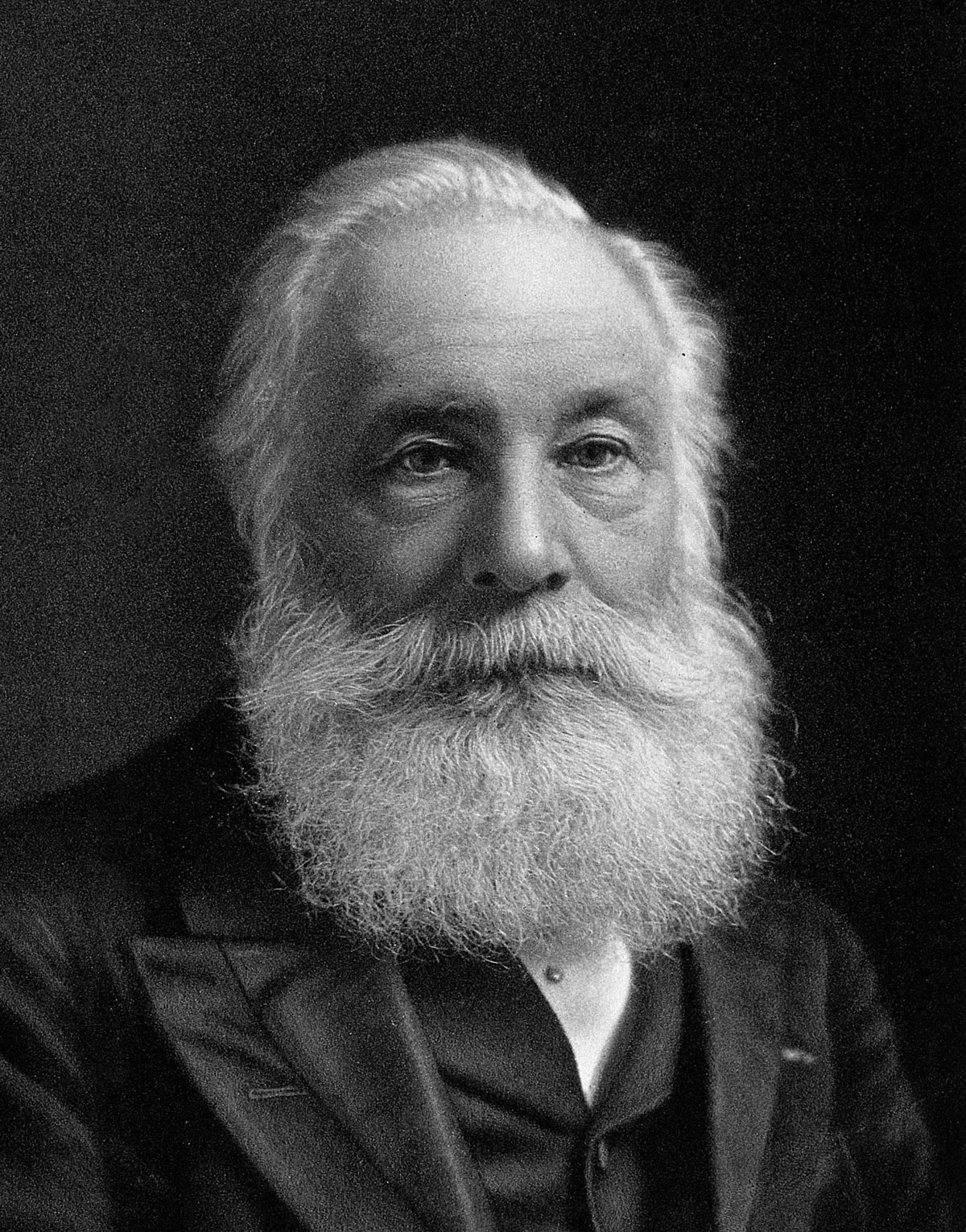 1.
1. William Perkin was born in the East End of London, the youngest of the seven children of George Perkin, a successful carpenter.

 1.
1. William Perkin was born in the East End of London, the youngest of the seven children of George Perkin, a successful carpenter.
William Henry Perkin was baptized in the Anglican parish church of St Paul's, Shadwell, which had been connected to James Cook, Jane Randolph Jefferson and John Wesley.
At the age of 14, William Henry Perkin attended the City of London School, where he was taught by Thomas Hall, who fostered his scientific talent and encouraged him to pursue a career in chemistry.
In 1853, at the age of 15, William Henry Perkin entered the Royal College of Chemistry, now part of Imperial College London, where he began his studies under August Wilhelm von Hofmann.
William Henry Perkin, who had an interest in painting and photography, immediately became enthusiastic about this result and carried out further trials with his friend Arthur Church and his brother Thomas.
William Henry Perkin filed for a patent in August 1856, when he was still only 18.
William Henry Perkin could not have chosen a better time or place for his discovery: England was the cradle of the Industrial Revolution, largely driven by advances in the production of textiles; the science of chemistry had advanced to the point where it could have a major impact on industrial processes; and coal tar, the major source of his raw material, was an abundant by-product of the process for making coal gas and coke.
William Henry Perkin was active in all of these areas: he persuaded his father to put up the capital, and his brothers to partner with him to build a factory; he invented a mordant for cotton; he gave technical advice to the dyeing industry; and he publicised his invention of the dye.
William Henry Perkin's mauve was cheaper than traditional, natural purple dyes and became so popular that English humourists joked about the 'mauve measles'.
William Perkin continued active research in organic chemistry for the rest of his life: he discovered and marketed other synthetic dyes, including Britannia Violet and Perkin's Green; he discovered ways to make coumarin, one of the first synthetic raw materials of perfume, and cinnamic acid.
In 1869, William Henry Perkin found a method for the commercial production from anthracene of the brilliant red dye alizarin, which had been isolated and identified from madder root some forty years earlier in 1826 by the French chemist Pierre Robiquet, simultaneously with purpurin, another red dye of lesser industrial interest, but the German chemical company BASF patented the same process one day before he did.
William Henry Perkin died in 1907 of pneumonia and other complications resulting from a burst appendix.
William Henry Perkin is buried in the grounds of Christchurch, Harrow, Middlesex.
William Henry Perkin was knighted in 1906, and in the same year was awarded the first Perkin Medal, established to commemorate the fiftieth anniversary of his discovery of mauveine.
Today, the William Henry Perkin Medal is widely acknowledged as the highest honour in the US industrial chemistry and has been awarded annually by the American section of the Society of Chemical Industry.